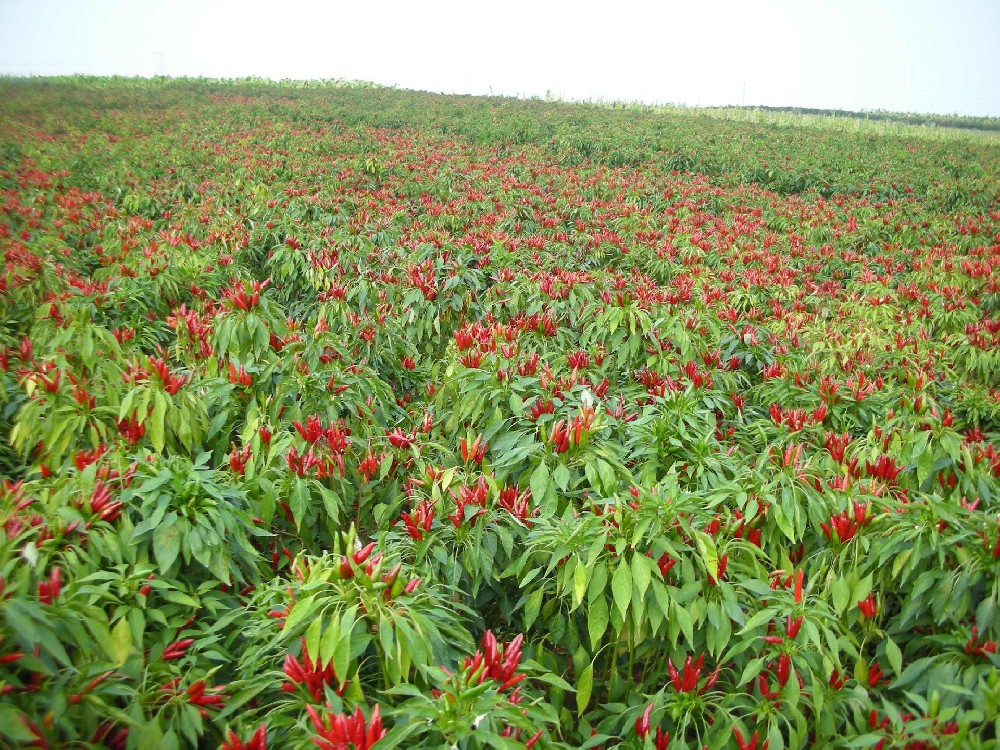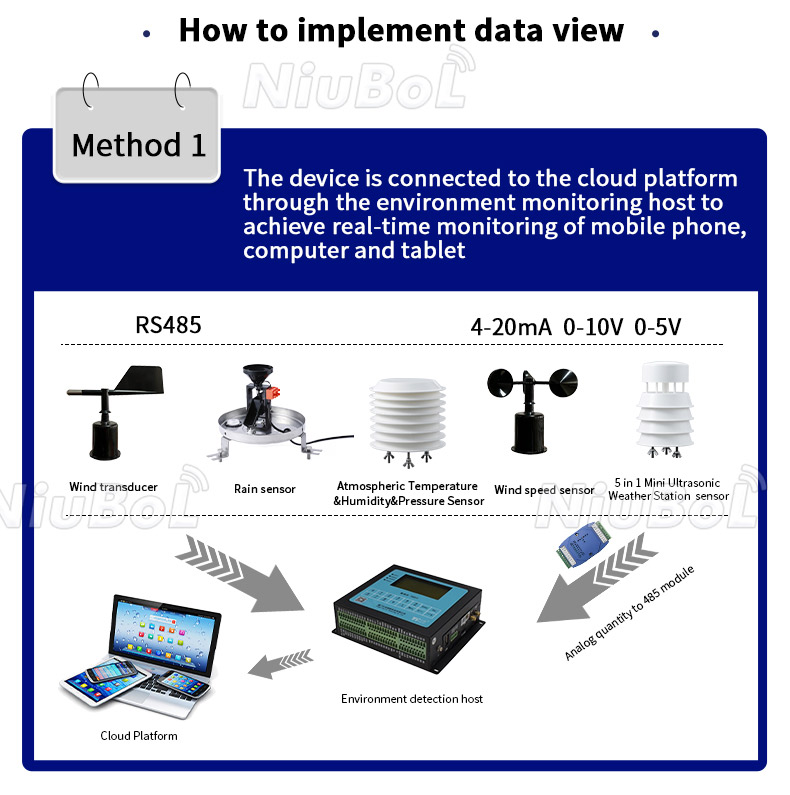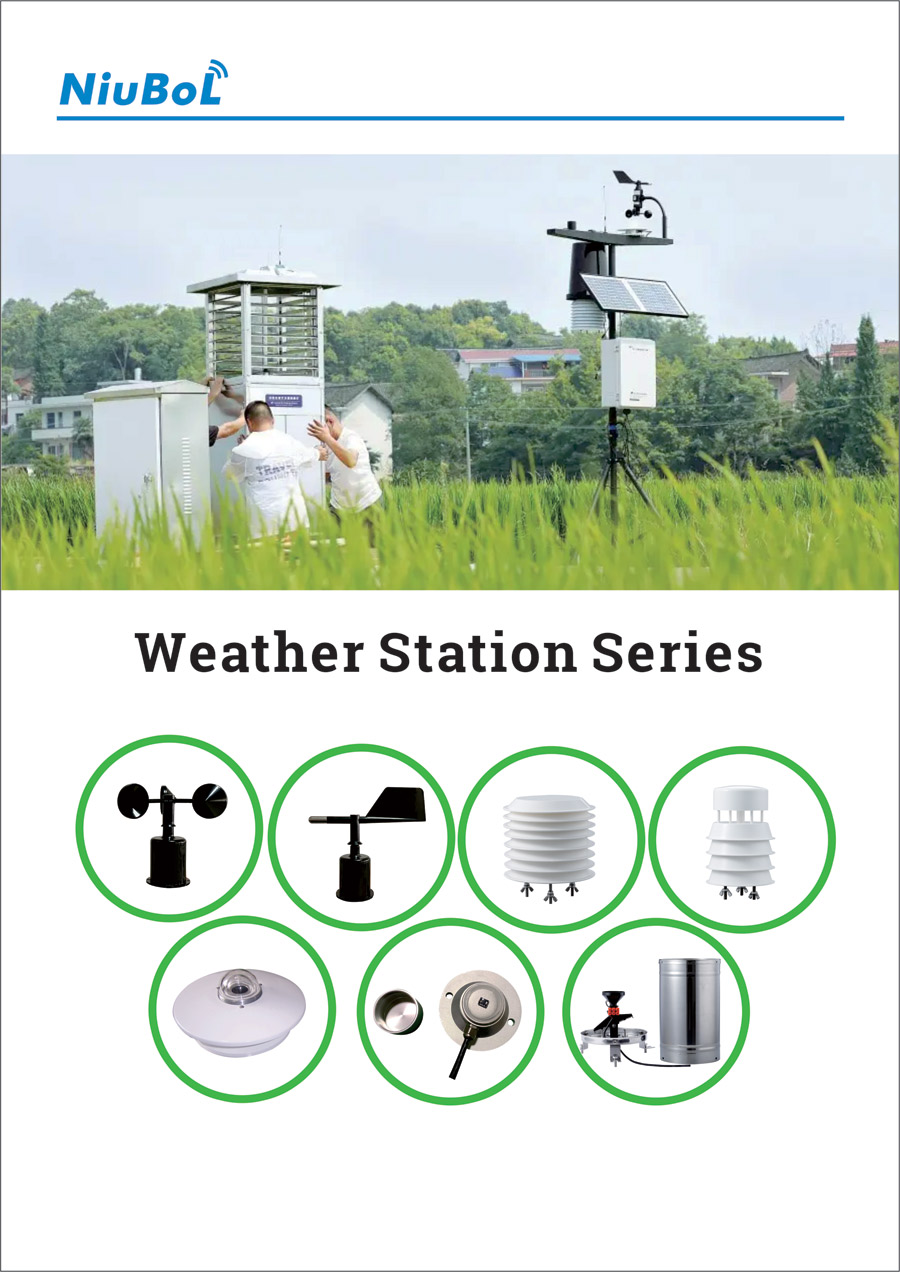

— Blogs —
—Products—
 Consumer hotline +8618073152920
Consumer hotline +8618073152920 WhatsApp:+8615367865107
Address:Room 102, District D, Houhu Industrial Park, Yuelu District, Changsha City, Hunan Province, China
Product knowledge
Time:2023-08-12 09:34:44 Popularity:649
Chilli is a widely grown crop and is produced to varying degrees all over the world. Below are some of the major producers of chilli peppers:
China: China is one of the largest producers of chillies in the world, with planting areas widely distributed throughout the country, especially in the provinces of Sichuan, Hunan and Yunnan.

India: India is an important producer of chilli peppers, especially in Andhra Pradesh, Telangana, Karnataka and other areas of large-scale cultivation.
Mexico: Mexico is a variety of chili pepper origin, a variety of chili pepper varieties in the country's planting a wide range of common habanero chili pepper, long-skinned chili peppers and so on.
Thailand: Thailand is one of the main producing areas of chillies, especially in the northern and northeastern regions of the most concentrated cultivation, and Thai chillies have a high reputation in the international market.
South Korea: South Korea is also a major producer of chilli peppers, the most well-known of which is the Yuzhu chilli (Korean chilli).
Vietnam: Vietnam is one of the important chilli producers in the world and its chilli cultivation scale is also very large.
In addition to the above countries, other major chilli producing countries include the United States, Brazil, Indonesia, Madagascar, Ethiopia and so on. Factors such as climate, soil conditions and level of agricultural development in these countries have an impact on the growth and yield of chilli.
Weather stations and sensors are two important tools when it comes to weather monitoring and data collection for chilli cultivation.
Weather Station: A weather station is a device used to monitor and record meteorological conditions. It usually consists of several sensors, temperature and humidity sensors, rainfall sensors, wind speed sensors, wind direction sensors, sunshine sensors and other weather sensors. For chilli cultivation, weather stations provide critical meteorological data to help farmers understand and respond to the environmental conditions required at different stages of growth. This data can be used to make decisions such as planting plans, fertiliser and irrigation programmes, and pest control measures.
Sensors: In chilli cultivation, various sensors can be used to monitor key parameters such as soil moisture, soil temperature, light intensity, etc. By installing sensors in the field plots or farmland, farmers can get real-time access to changes in the soil and environment so that they can take timely and appropriate farming measures. For example, soil moisture sensors can tell farmers when to irrigate to ensure water supply for chillies; soil temperature sensors can help farmers determine the appropriate time for sowing; and light intensity sensors can help farmers optimise shading measures in the field.
The use of meteorological services provided by agrometeorological stations can help chilli growers make better management and decision-making. The following are some of the weather services provided by agrometeorological stations that are applicable to chilli cultivation:
Temperature monitoring: weather stations can provide real-time temperature data, which chillies require to adapt to. Growers can use the weather station to know the current temperature conditions so that they can take appropriate measures. For example, in case of low temperatures, it may be necessary to set up protective equipment or take good warming measures.
Precipitation forecasting: Weather stations can provide data on precipitation forecasting, which is crucial for irrigation and drainage management in chilli cultivation. Based on the forecast information from weather stations, growers can make reasonable irrigation arrangements to avoid excessive or insufficient water supply.

Relative humidity monitoring: Chillies have different humidity requirements at different growth stages. Weather stations can provide relative humidity data. Growers can monitor the weather station data to understand the current humidity condition, so as to adjust irrigation and ventilation measures in a timely manner.
Wind speed and direction monitoring: Chilli growth is affected by wind speed and direction, especially in stronger winds and stormy weather. With the wind speed and direction data provided by the weather station, growers can take timely measures to protect their plants, such as setting up wind barriers or reinforcing support structures.

Monitoring of sunshine hours: Sunshine has an important impact on the growth of chillies and the quality of the fruits. Weather stations can provide monitoring data on sunshine hours, which can be used by growers to adjust shading measures or choose suitable planting locations.
In summary, meteorological services provided by agro-meteorological stations can provide chilli growers with critical meteorological data to help them make more accurate decisions and manage the chilli growing process. This will help optimise yield and quality and reduce possible risks and losses.
Prev:Weather stations and agricultural sensors are important tools for rice cultivation
Next:Campus Weather Stations Provide Important Role and Value for Smart Campus Construction
Related recommendations
Sensors & Weather Stations Catalog
Agriculture Sensors and Weather Stations Catalog-NiuBoL.pdf
Weather Stations Catalog-NiuBoL.pdf
Related products
 Combined air temperature and relative humidity sensor
Combined air temperature and relative humidity sensor Soil Moisture Temperature sensor for irrigation
Soil Moisture Temperature sensor for irrigation Soil pH sensor RS485 soil Testing instrument soil ph meter for agriculture
Soil pH sensor RS485 soil Testing instrument soil ph meter for agriculture Wind Speed sensor Output Modbus/RS485/Analog/0-5V/4-20mA
Wind Speed sensor Output Modbus/RS485/Analog/0-5V/4-20mA Tipping bucket rain gauge for weather monitoring auto rainfall sensor RS485/Outdoor/stainless steel
Tipping bucket rain gauge for weather monitoring auto rainfall sensor RS485/Outdoor/stainless steel Pyranometer Solar Radiation Sensor 4-20mA/RS485
Pyranometer Solar Radiation Sensor 4-20mA/RS485
Screenshot, WhatsApp to identify the QR code
WhatsApp number:+8615367865107
(Click on WhatsApp to copy and add friends)